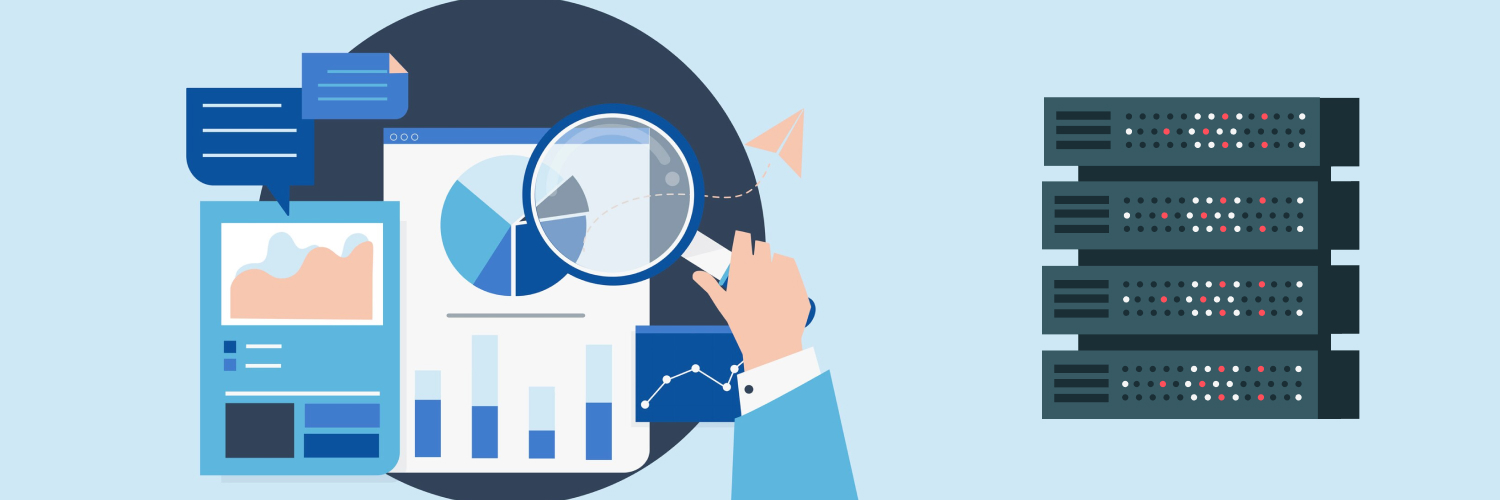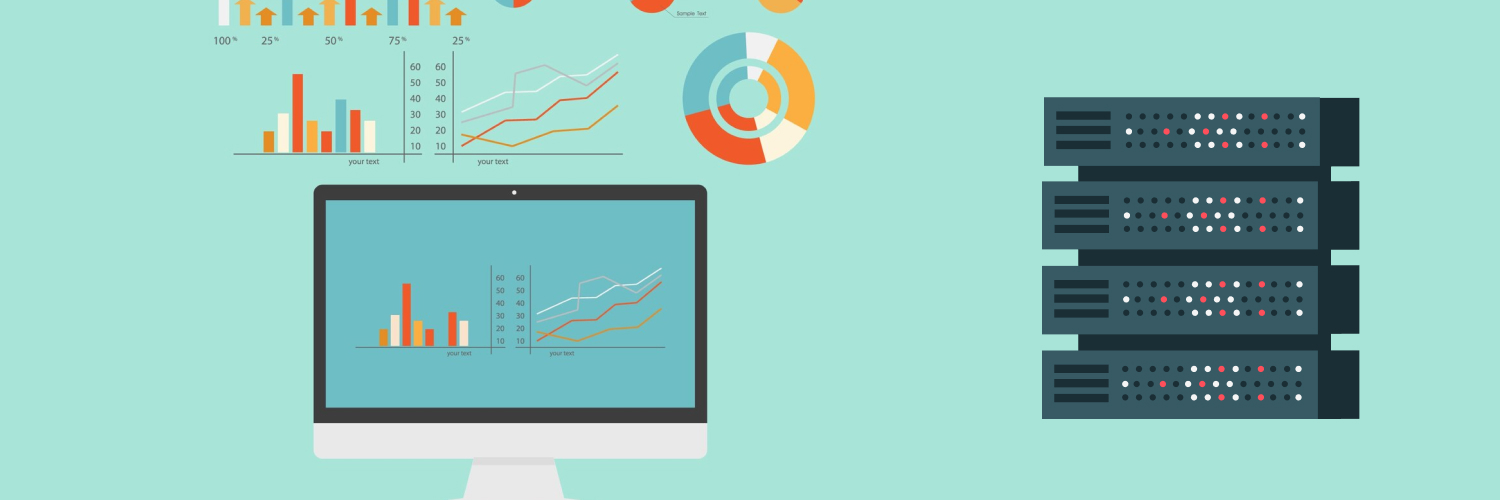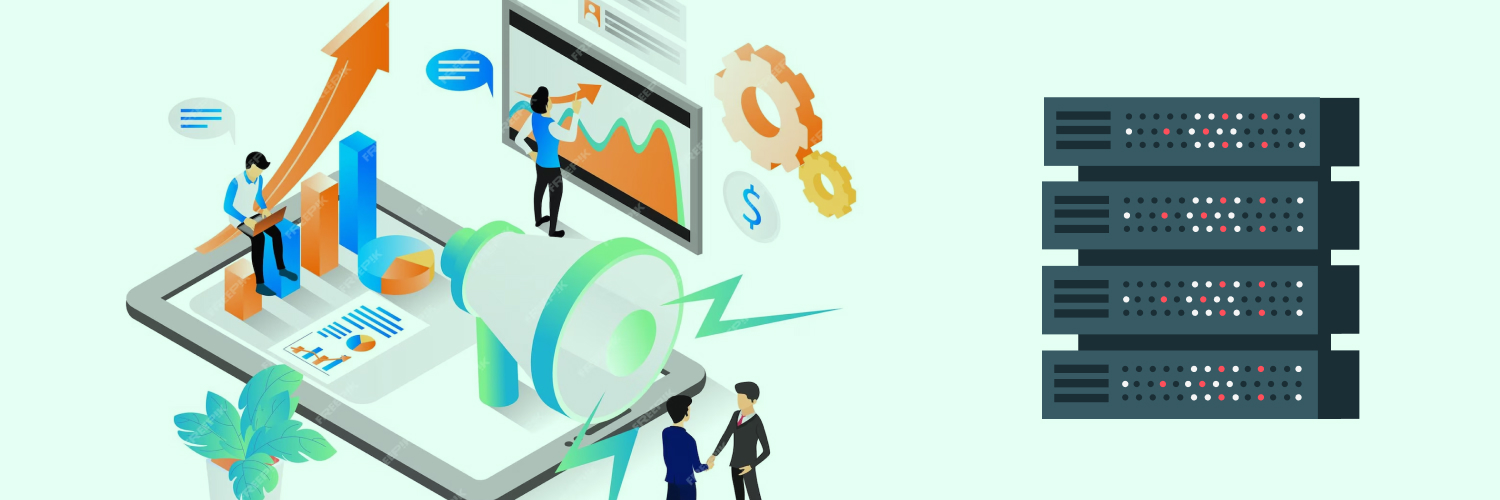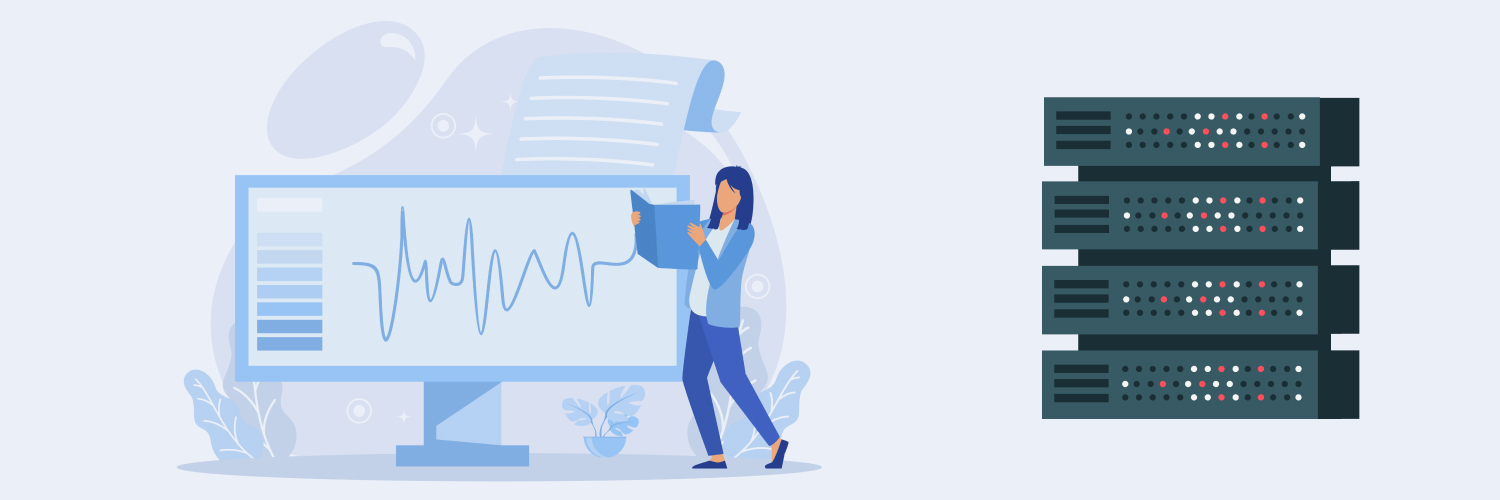Using AI Analytics and AI-Powered Web Scraping To Improve Your Business In 2024
Digital technology is reshaping the economic landscape. In today’s business scene, companies that embrace both artificial intelligence (AI) and analytics are making significant strides, leaving competitors in the dust.
The exponential growth in the volume of available data necessitates a departure from traditional analytics methods — that is, manual analysis. And successful organizations are tapping into the potential of AI analytics to make data-informed decisions accessible to everyone.
From real-time insights to predictive capabilities, AI and analytics are fundamentally changing how we understand and act on data. The influence of AI spans across industries, and its impact on business analytics is nothing short of revolutionary. Moving beyond age-old statistical modeling techniques, AI and Machine Learning (ML) bring an unmatched level of speed, scalability, and granularity to analytics.
This post will examine the core concepts of AI analytics, dig into the transformative impact of AI analytics in real-world applications, and illustrate the tangible benefits of AI data analytics. It will also explore the fusion of AI analytics and AI-powered web scraping, shedding light on 11 practical cases of using AI to extract data from websites for analysis.
Defining AI Analytics
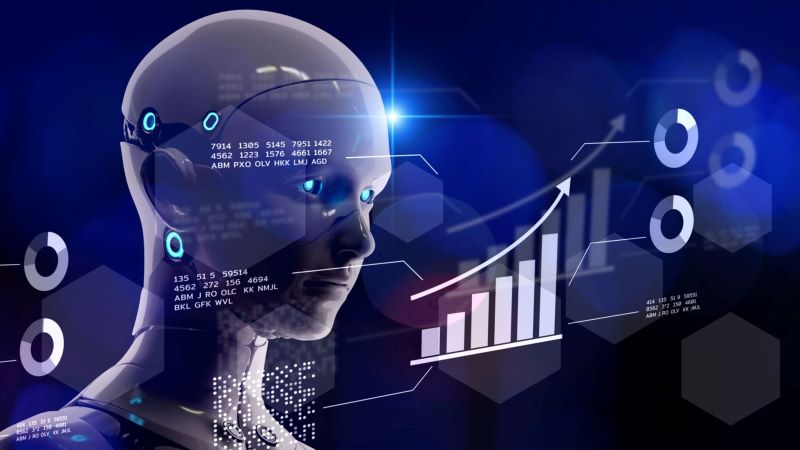
AI analytics involves using AI algorithms and technologies to analyze and interpret data, which can provide valuable insights to guide decision-making. Instead of relying solely on traditional analytics methods, AI analytics incorporates machine learning and advanced computational techniques to uncover patterns, trends, and correlations within vast datasets. It enables organizations to gain a deeper understanding of their data, identify hidden opportunities, and make more informed, data-driven decisions — all without spending a massive amount of time and resources performing manual analysis.
AI analytics encompasses a range of applications, including predictive analytics, anomaly detection, and Natural Language Processing (NLP).
Elements of AI Analytics
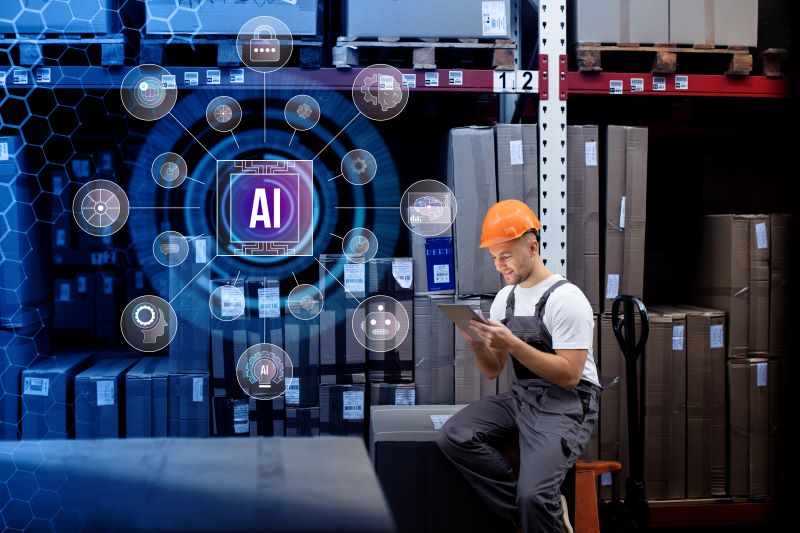
AI analytics typically contains four main elements, which collectively contribute to a comprehensive AI analytics framework.
Descriptive analytics
Descriptive analytics involves summarizing and interpreting historical data to understand what has happened in a business or system and gain insights into past performance. It includes aggregating data, creating reports to summarize the findings, and visualizing data through charts, graphs, tables, and more.
Descriptive analytics answers questions like “What happened?” and provides a better understanding of trends, patterns, and key performance indicators (KPIs).
Diagnostic analytics
Diagnostic analytics aims to determine why something that you observed through descriptive analytics happened. It involves a deeper analysis of data to identify patterns, trends, or anomalies that can explain the observed outcomes. This type of analysis answers the question “Why did it happen?” and helps you understand the root causes of certain events.
Predictive analytics
Predictive analytics uses statistical algorithms and machine learning techniques to identify the likelihood of future outcomes based on historical data. It can help you forecast trends, anticipate potential issues, and make proactive decisions. This element answers the question “What is likely to happen in the future?” and helps companies anticipate trends and plan ahead for them.
Prescriptive analytics
This is the most advanced form of AI analytics, going beyond prediction to recommend actions that can optimize or address a particular outcome. Prescriptive analytics combines data analysis with business rules, algorithms, and machine learning so the AI model can guide on what actions to take in a given situation. This type of analytics answers the question “What should we do about it?” and provides actionable insights to inform decision-making.
Advantages of Using AI Data Analytics
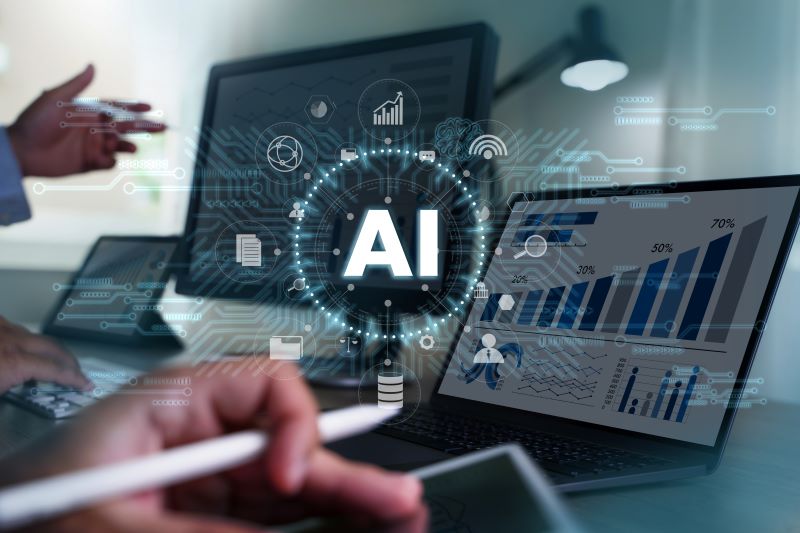
Your company can benefit in multiple ways from using AI analytics.
Data-informed decision-making in real time
AI analytics processes data in real time, furnishing up-to-the-minute insights for informed decision-making. Businesses can adapt swiftly to changing market conditions and adjust strategies on the fly based on the latest analytics.
Less strain and better team efficiency
AI automates data analysis tasks, which reduces manual efforts and accelerates the overall analytics process. The efficiency and productivity gains from this automation allow your organization to save time, money, and labor — and let teams focus on strategic aspects of the business rather than mundane manual tasks.
More proactive strategies and growth opportunities
By identifying hidden patterns and trends within large datasets, AI analytics enables your business to be proactive and capitalize on emerging opportunities. Data-driven decisions allow you to align your strategies with identified trends, fostering sustainable business growth.
AI analytics can uncover new insights and possibilities within data and, therefore, inspire innovation, guiding your business toward untapped opportunities. Companies can innovate and excel by improving their internal processes based on the insights they gain through AI analytics.
Improved customer experience
AI analytics can provide personalized product recommendations based on collected and interpreted customer data, which can improve customer satisfaction. You can target specific customer segments or demographics with tailored marketing strategies, increasing the effectiveness of campaigns.
Enhanced risk management
AI analytics continuously monitors data for anomalies and potential issues. You can use predictive analytics to anticipate and mitigate potential risks before they escalate.
Web Scraping With AI
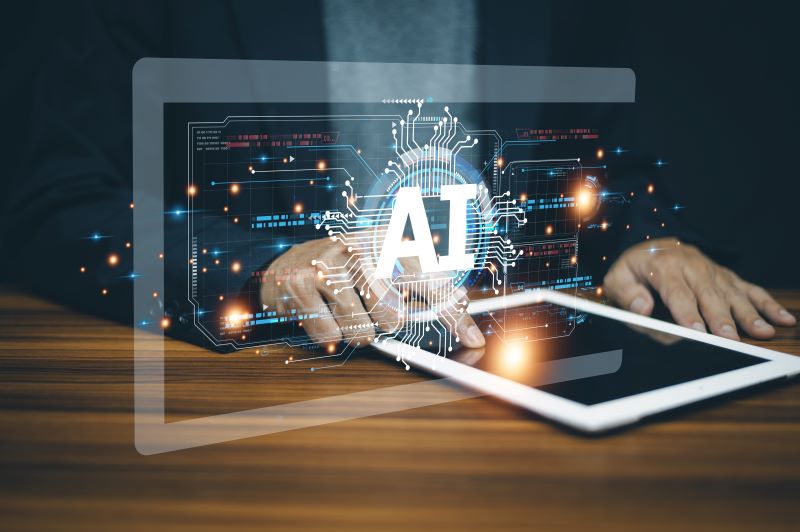
There are various web scraping methods, such as building your web scraper program with a programming language like Python, Regex HTML, or Perl or employing a pre-designed web scraper tool like Rayobyte’s Web Scraping API. But how can you take advantage of AI to extract data from websites?
Thanks to recent technological advances, AI is widely available for everyone to use. Of course, it’s essential to note that while AI can enhance web scraping capabilities, you must always keep in mind ethical considerations while scraping. Not only should you extract data ethically, but you should also use that data ethically. Comply with each website’s terms of service to ensure responsible and legal use of the data you scrape.
Your organization can use AI in several ways to enhance its data collection efforts, making the web scraping process more efficient, accurate, and adaptable.
AI data extraction
Employ NLP techniques to understand and extract relevant information from unstructured data on websites, particularly when dealing with textual content. You can even train ML algorithms to recognize patterns and structures in web data for extracting specific data points from web pages.
AI data extraction software can scrape various kinds of information. For example, it can extract contact information from websites or extract data from PDFs using AI.
Anti-bot detection
Through machine learning, anomaly detection can identify patterns that may indicate anti-scraping measures. In this way, you can adapt scraping strategies dynamically to continue to avoid detection. You can also develop AI-powered tools to solve CAPTCHAs automatically, which allows you to overcome one of the most common web scraping challenges.
Dynamic content handling
Control headless browsers with AI to simulate human-like interaction with websites. This allows you to scrape dynamically loaded content. Also, you can apply reinforcement learning to train AI agents for optimal interaction with websites. By doing so, they can deal with dynamic elements and changes in website structure as they scrape.
Data cleaning and transformation
NLP can clean and preprocess text-based data you scrape from websites, making the data more structured and usable. AI isn’t limited to scraping only text, though. AI image recognition can analyze and interpret images on web pages, allowing software to extract relevant information from charts, graphs, or other visual elements.
Scalability and efficiency
Improve efficiency and scalability using AI to manage and distribute scraping tasks across multiple servers or instances. By applying optimization algorithms to optimize the scraping process, you can prioritize high-value data and adapt to website structure changes on the go.
Semantic understanding
Using AI techniques, you can construct knowledge graphs to better understand relationships between different pieces of information on the web through AI analytics. This can enable your AI model to perform more context-aware web scraping. You can also train AI models to recognize and extract specific entities, such as names, dates, and locations from web content.
Adaptability to changes
You can create scraping algorithms with AI self-learning capabilities, allowing adaptation to website structure or content changes and reducing the need for frequent manual adjustments. Design systems with feedback loops so your AI model can learn from mistakes and improve over time, adjusting scraping strategies based on feedback.
Benefits of Web Scraping for AI Analytics
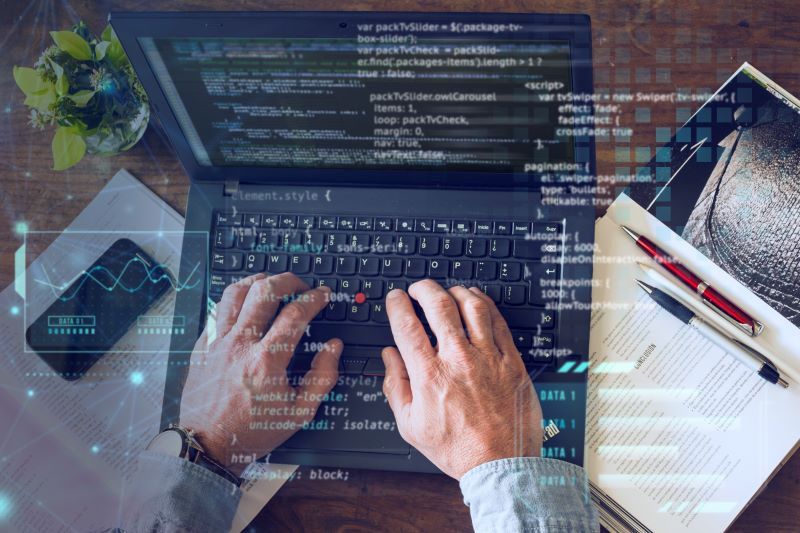
Web scraping offers several benefits for AI analytics:
- Wider data accessibility: Web scraping enables AI analytics to access vast data from the internet, including diverse sources such as websites, forums, and social media platforms. This broad accessibility widens the scope of available information for analysis.
- More real-time data: By web scraping, your company can extract real-time data, which means that your AI analytics systems are working with the most up-to-date information. This is critical for industries and applications where timeliness is critical.
- Elevated data variety: Web scraping allows you to access a variety of data types, including text, images, and structured information. This data diversity allows AI analytics to handle different data formats and sources, which can contribute to a more comprehensive analysis.
- Cost-effective data acquisition: Compared to manual data collection methods, web scraping is often more cost-effective and efficient. AI analytics systems can automatically gather and process large volumes of data, reducing the need for extensive human intervention.
- Increased scale and volume: Web scraping allows AI analytics to handle large-scale data extraction and analysis. This supports applications that require processing vast amounts of information to obtain meaningful insights. Also, you can use these larger and more diverse datasets to train and innovate AI models and develop more advanced analytical tools and applications.
- Improved accuracy: Automation through web scraping reduces the likelihood of human errors in the data collection process. Improved accuracy while gathering data means more reliable, consistent data for AI analytics systems.
AI For Web Scraping: Use Cases

AI-powered web scraping has become a game-changer in the field of data extraction and AI analytics. Its applications span across various industries. Now, we’ll delve into compelling use cases that showcase the versatility and impact of automated web scraping on AI analytics.
1. Competitor analysis and market research
AI-enabled web scraping is a formidable tool for gaining insights into competitors’ strategies, activities, and behavior. By extracting and analyzing data from your competitors’ websites, you can examine their pricing trends, product launches, and marketing plans. This real-time information can give your company a competitive edge, allowing you to adapt swiftly to market changes and refine your own strategies to stay ahead of the crowd. These enhanced abilities can benefit almost any sector.
Real estate
Real estate professionals can benefit from web scraping involving AI models by gathering data on property listings, prices, and market trends. They can analyze this information to identify investment opportunities, assess property values, and understand the dynamics of specific real estate markets. Real estate data analytics can help predict future trends, enabling informed decision-making for investors and developers.
Energy sector
Web scraping with AI analytics can assist the energy sector in monitoring global energy prices, regulatory changes, and advancements in renewable energy technologies. Extracting data from industry reports, government publications, and energy market websites enables your company to optimize its energy procurement strategies, anticipate market shifts, and make informed decisions regarding investments in sustainable energy solutions.
Food and beverage industry
For businesses in the food and beverage industry, AI-driven web scraping helps by monitoring consumer preferences, ingredient prices, and competitor strategies. Extracting data from online menus, food review platforms, and supplier websites enables companies to adjust their offerings to align with current culinary trends. This data-driven approach enhances menu planning, pricing strategies, and supply chain management.
Telecommunications
In the telecommunications realm, web scraping combined with AI analytics contributes to network optimization and customer satisfaction. By extracting data from network performance reports, customer reviews, and competitor offerings, telecom companies can identify areas for improvement in service quality and pricing. These improvements can help retain customers, attract new ones, and stay competitive in a rapidly evolving market.
2. Lead generation and sales prospecting
Web scraping is a powerful tool for lead generation, particularly with the power of AI behind it. By automatically extracting contact information, job titles, and company details from websites and directories, your company can build targeted and accurate prospect lists. This saves valuable time and enhances the efficiency of your sales and marketing efforts, allowing your sales team to focus on the leads with the highest conversion potential.
3. Sentiment and customer experience analysis
Social media platforms are a goldmine of public opinions, reviews, and sentiments. Employ AI-powered web scraping to gather vast amounts of unstructured data from these platforms. By applying sentiment analysis algorithms to this data, your organization can gauge public customer sentiment toward your products, services, and brand. This valuable information can aid in making data-informed decisions, enhancing customer satisfaction, and identifying areas where your products or services need improvement.
You can also use AI-driven web scraping on social media to help you build and launch marketing campaigns, improving brand awareness and customer experience. Using AI scraping to determine consumer preferences, needs, and pain points can benefit several industries, including eCommerce, retail, fashion, travel, and more. Gathering this information and analyzing eCommerce data can help you evaluate online buying trends, develop products that meet the actual needs of your customers, and price your products accordingly.
Take the fashion industry as an example. Retailers can extract data from eCommerce platforms, social media, and fashion blogs to stay ahead of evolving style preferences. Through AI analytics, this data provides valuable insights into popular colors, designs, and brands. And it guides inventory management, marketing campaigns, and product launches, helping fashion businesses remain on the cutting edge.
4. Price monitoring and dynamic pricing
Companies in fashion, retail, eCommerce, and various other sectors can leverage AI-driven web scraping to monitor the prices of products across multiple online platforms. They can use this data to implement dynamic pricing strategies, which can help them offer the best product prices in real time based on market demand and competitor pricing. This dynamic approach fosters competitiveness and maximizes revenue by capitalizing on market fluctuations.
5. Institutional research
Researchers and academics can use AI-enabled web scraping to collect data from academic journals, conference proceedings, and research databases. Advanced algorithms can then analyze citation patterns, author collaborations, and research trends. This can aid scholars, scientists, and other stakeholders in identifying influential research, tracking academic impact, and staying informed on developments in their respective fields.
In the education sector, AI-driven web scraping aids in curriculum development, student engagement, and institutional research. Extracting data from educational websites, research papers, and online learning platforms allows educators to stay informed about the latest teaching methodologies and academic trends. Additionally, web scraping supports student recruitment by providing insights into competitor institutions, which helps universities tailor their programs to meet evolving student needs.
The healthcare industry can also use web scraping to gather information from medical journals, research papers, and clinical trial databases. AI algorithms can then analyze this data to identify patterns, advancements, and emerging trends in medical research. This facilitates evidence-based decision-making for healthcare professionals, researchers, and policymakers, ultimately improving patient care and treatment outcomes.
6. Content aggregation and news monitoring
For media outlets and content aggregators, staying current with the latest news is crucial. AI-powered web scraping can automate the process of aggregating news articles, blog posts, and updates from various sources.
Media monitoring streamlines content creation and enables timely reporting on emerging trends. By using NLP in your AI analytics process, you can categorize and analyze the aggregated content, providing a comprehensive overview of current events and industry developments.
7. Job market research
Job seekers and HR professionals can both benefit from AI-driven web scraping in the job market. Individuals can make better-informed career decisions by extracting and analyzing job postings, salary information, and skill requirements from various platforms. And HR professionals can use this data to identify talent trends, benchmark salaries, and tailor recruitment strategies to the current job market.
8. Employee experience analysis
In human resources (HR), AI-powered web scraping can analyze employee sentiment and satisfaction. By extracting public HR data from internal communication channels, employee forums, and feedback platforms, HR professionals can gauge the overall mood within the organization. This information is instrumental in identifying areas for improvement, enhancing employee engagement, and encouraging a positive workplace culture.
9. Supply chain optimization
For businesses involved in supply chain management, web scraping combined with AI analytics can offer insights into the availability, pricing, and demand for raw materials. Companies can proactively adjust their supply chain strategies, ensure timely procurement, and minimize disruptions by monitoring supplier websites and industry news with AI-based web scraping.
10. Machine learning
AI and ML have a symbiotic relationship, and web scraping contributes significantly to training datasets for ML models. Web scraping enables diverse and extensive dataset collection for tasks such as image recognition, NLP, and recommendation systems. By feeding ML algorithms with relevant and up-to-date data from the web, organizations can enhance the accuracy and performance of their ML models.
11. Social impact analysis
Nonprofit organizations can use AI-driven web scraping for fundraising, impact assessment, and donor engagement. By extracting data from social media, news articles, and donor databases, nonprofits can measure the effectiveness of their campaigns, understand public sentiment toward their cause, and identify potential funding opportunities. Using a data-informed approach enhances transparency and accountability, building trust among donors and stakeholders.
Conclusion
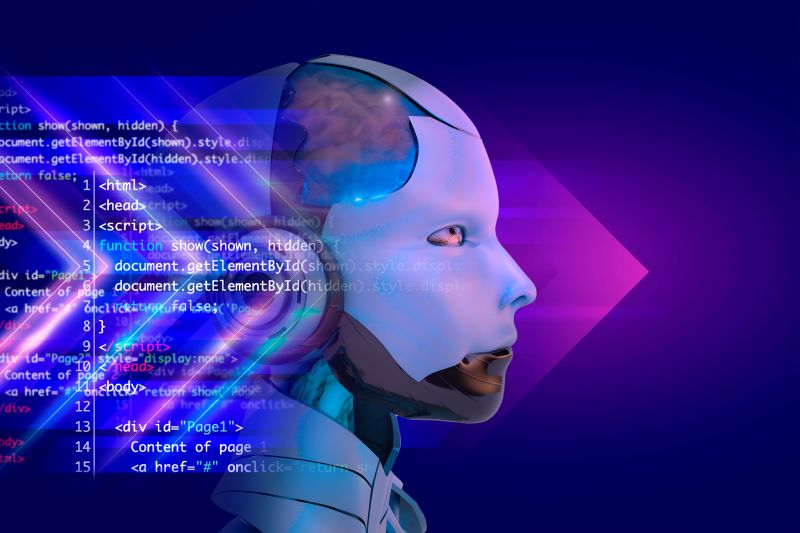
As we head into a future defined by data-driven success, fusing web scraping and AI analytics will be essential for businesses to position themselves ahead of their competitors. Embracing AI will no longer be a choice but a necessity for those aiming to thrive in the data-rich environment.
To optimize your web scraping efforts, be mindful of ethical considerations and use a fast, reliable proxy. Rayobyte is setting the bar for ethically sourced residential proxies, and our scraping partner, Rayobyte’s Web Scraping API, can further boost your AI analytics game.
Contact Rayobyte today for more information on how we can help you get the most out of your web scraping efforts.
The information contained within this article, including information posted by official staff, guest-submitted material, message board postings, or other third-party material is presented solely for the purposes of education and furtherance of the knowledge of the reader. All trademarks used in this publication are hereby acknowledged as the property of their respective owners.



